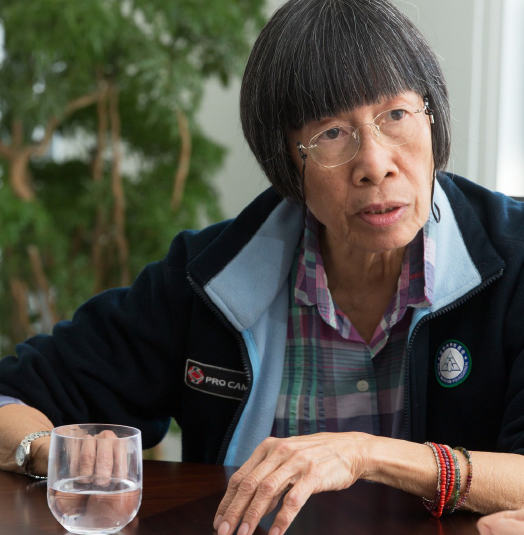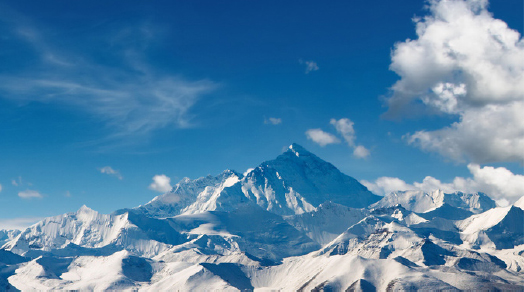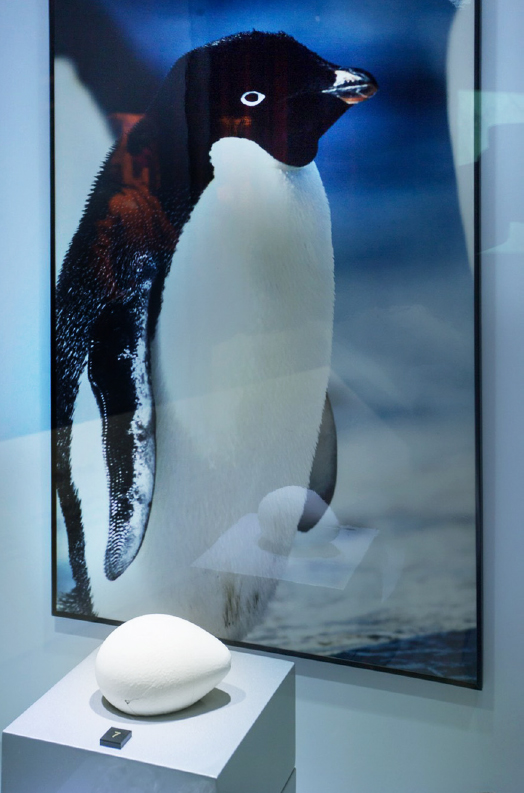
Dr. Rebecca Lee on Polar Lessons
1. As someone who has given talks about trips to the two Poles and Mount Everest to over 500,000 students in Hong Kong, Macau and mainland China, and who was aware of climate change before most people even knew what the term meant in Hong Kong, what message do you have for us?
The earth is a circulatory system where nothing stands alone. As early as 1987, I raised questions about the global climate problem. By that time, I had gone twice to Antarctica with the China National Antarctic expedition, and once by myself to the Arctic. I was awed by the beauty of these places, but I also saw how our wars, our garbage, our carbon emissions, in short, the products of all of our environmentally harmful actions had ended up in the Polar regions and the Tibetan Plateau. The world's extremities are sensitive indicators of the state of our world. Remember watching particles float in a shaft of sunlight as a child? These airborne particles slowly make their way to the Polar regions, the tops of summits, where they fall into the snow and remain for millions of years.
2. Do you have first-hand experience of that?
Mount Everest contains toxic particulate matter from the burning of oil fields during the Gulf War. I was there in 1991 with a scientific expedition. We cored the ice and took samples for analysis. We found lead, arsenic and other toxic substances. Snow keeps a historical record of our climate. Do not be fooled by the pristine appearance of ice sheets. They keep all the toxicity released by the human race over thousands of years. I embarked on other Everest expeditions a few years after 1992, and the water I drank came straight from the contaminated ice, which continues to flow into the Yarlung Zangpo, the Yangtze River, reaching Thailand, India ….

3. You have donated a collection of artifacts from your Polar expeditions to the Museum of Climate Change at CUHK. What do you hope your act of generosity to achieve?
I hope they will promote understanding of these places, and through them, the state of our environment. There must be understanding before people realize why they need to segregate garbage or give up their cars. Hong Kong is a beautiful city with excellent natural environment and Hong Kongers are such intelligent people—we should find a way to protect all that we have and make our city a more habitable place.

4. Could you single out one item and tell us a little about it?
The work clothes I wore upon arrival on the ice on the 2008 expedition to the Arctic Circle. It's the latest addition to my collection.
5. You were involved in advertising and travel before becoming a Polar explorer. What is your take on the effects of tourism on the environment, especially tourism in the Polar regions?
I agree that tourism has the potential benefit of increasing awareness, but I don't think that these regions should be further opened up for tourism. Those fortunate enough to visit should abide very strictly by the rules, such as taking their own rubbish with them, refraining from feeding the seals, touching the penguins, and so on. Visitors shouldn't go unless they have the right travel culture and travel ethics. Once you've seen the lengths to which penguin parents go to nourish and protect their young, you wouldn't ever think about stewing and roasting penguins.
6. How does Hong Kong's 'Ice Queen' spend her time now?
I'm compiling and working on all the items still in my collection. The most valuable among them are the 10,000 to 20,000 images and hundreds of hours of video footage. I'm converting the images into digital format, and dubbing, scripting and having a theme song written for the videos. The Chinese University is more than welcome to have them.
I'm in the final phase of my life. It's time to give all I have to my students and the public. I'm in a great position to do so too—not only do I have no need to make a living, I finance my own projects; I have passion; I have connections with scientists; the Chinese government supports my efforts at popularization of the Polar sciences. I'm also a designer by profession, good at packaging science in art. And I have been doing this for 29 years.
7. Is another trip to the Polar regions or another summit in the pipeline?
You won't catch me bringing a tour group there just for their pleasure. That said, I don't mind taking scholars and people intent on helping to promote understanding. If I do want to go again, I'll go alone.
Dr. Rebecca Lee Lok Sze is the first Hong Konger and the first woman to have visited all three extremes of the Earth—the North Pole, the South Pole, and Mount Everest. She is founder of the China Polar Museum Foundation, president of the Hong Kong Association for the Advancement of Science and Technology, and vice-chairman of the China Association for Expedition.



